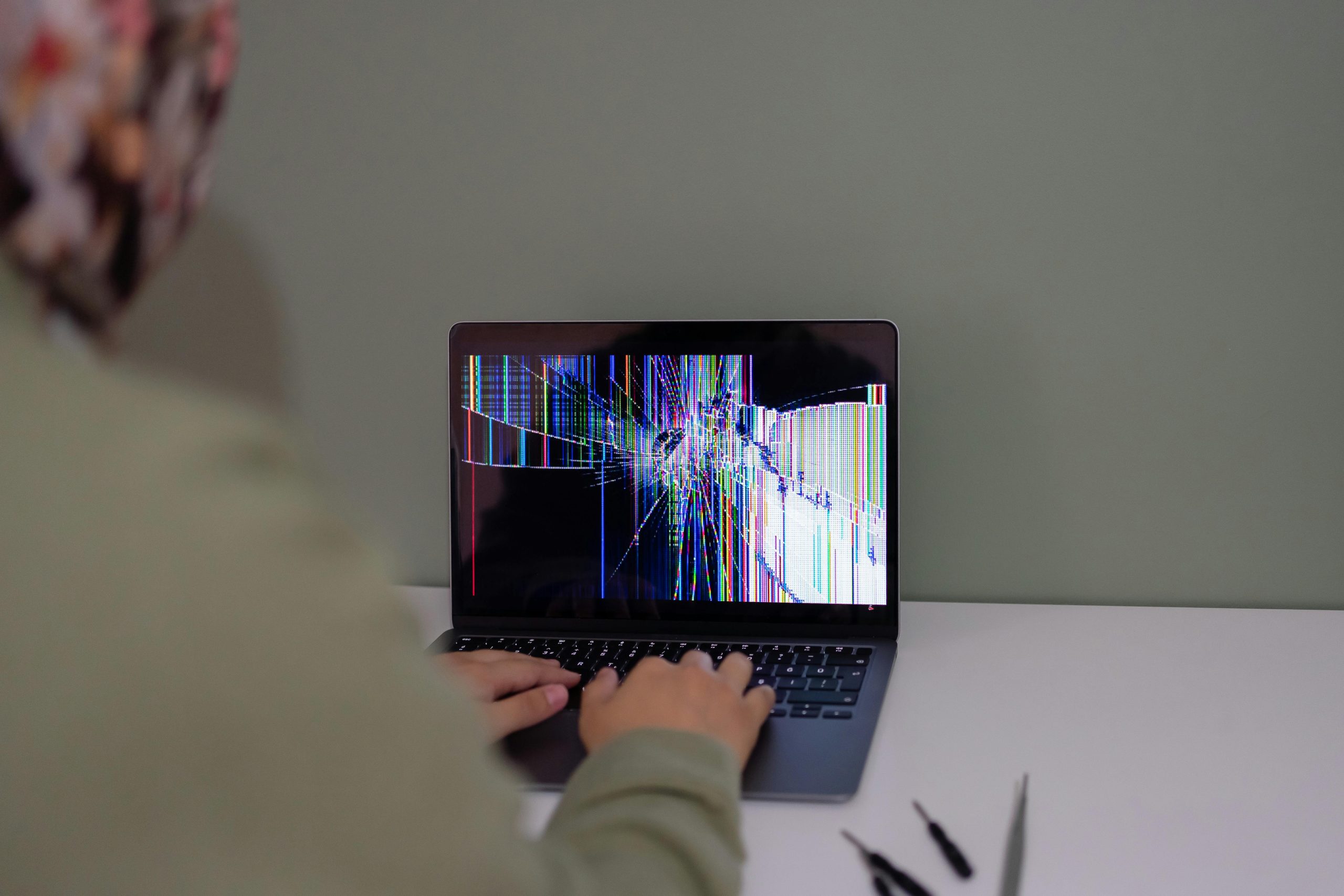Understanding and Resolving BIOS Boot Loop Issues on the ASUS ROG Strix Scar 2 Following Operating System Reinstallation
Introduction
Experiencing startup problems after performing a Windows OS reset or reinstallation can be both frustrating and confusing. This article aims to provide a detailed overview of such issues, specifically focusing on the ASUS ROG Strix Scar 2 laptop encountering a BIOS boot loop following a Windows 11 OS wipe. We will explore the common causes, attempted solutions, and advanced troubleshooting steps to resolve these problems effectively.
Scenario Overview
A user reports encountering a persistent BIOS boot loop after formatting the system drive and reinstalling Windows 11 due to a software malfunction that triggered automatic repair processes. The sequence of events is as follows:
- The laptop experienced startup failures, activating automatic repair.
- Multiple reset attempts, including partial resets preserving data and full resets, failed to resolve the issue.
- The user accessed the recovery environment, used command prompt tools such as CHKDSK and DISKPART to wipe the drives.
- Post-operations, the system reboots to BIOS, but no bootable devices are detected, and the boot menu indicates an absence of boot options.
- External boot drives are recognized at times, but standard boot procedures fail, and BIOS settings regarding legacy mode are elusive or unchangeable.
Potential Causes
Several factors can contribute to a BIOS boot loop after OS reinstallation, including:
- Incorrect Boot Mode Settings: Legacy mode vs. UEFI mode misconfiguration can prevent the system from recognizing bootable devices.
- Missing or Corrupted Boot Files: Wiping the drive during disk operations may have erased essential EFI partitions or bootloader files.
- Drive Partition Issues: Improper partitioning or formatting may lead to an unbootable state.
- Hardware Malfunctions: Though less common, hardware issues such as faulty drives or memory problems can manifest during such processes.
Troubleshooting and Resolution Strategies
-
Access BIOS Settings
-
Power on the laptop and press the BIOS access key (often F2 or DEL during startup).
- Check the boot mode (UEFI vs. Legacy). For modern Windows installations, UEFI mode is preferred.
- Ensure that the disk with the OS is recognized and prioritized in the boot order.
-
If UEFI boot mode is enabled, verify that Secure Boot is disabled if necessary for your installation.
-
Rebuild the Boot Configuration
Using a Windows installation media
Share this content:



